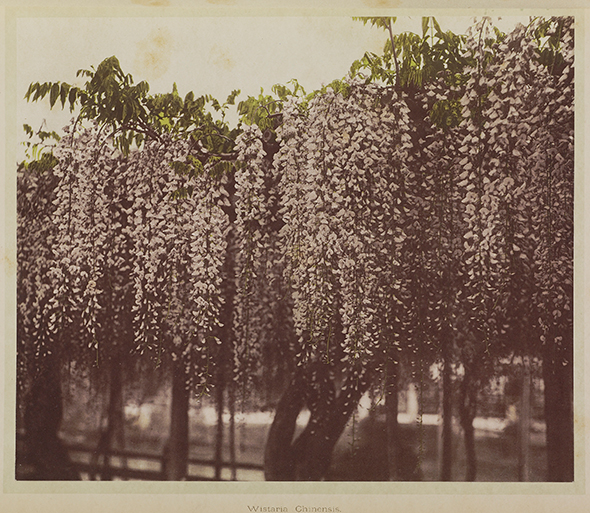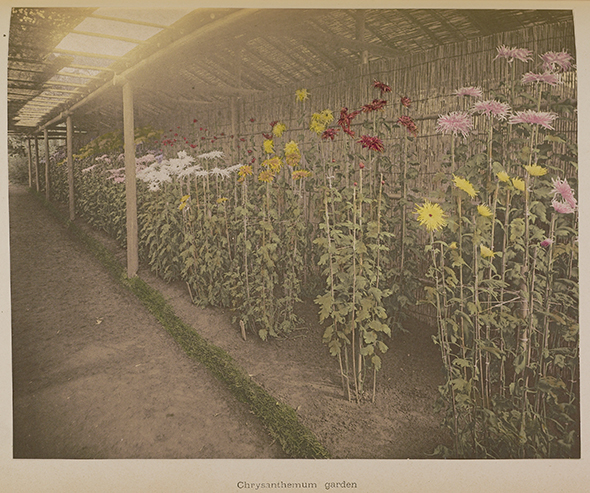


Japanese photographer, printer, and publisher known for his pioneering work in photomechanical printing and photography during the Meiji era. Studying photography since the age of fifteen, Ogawa moved to Tokyo at twenty to further his studies and develop the English skills he believed were necessary to deepen his technical knowledge.
After opening his own photography studio and working as an English interpreter for the Yokohama Police Department, Ogawa decided to travel to the United States to learn firsthand the advanced photographic techniques of the time. With little money, Ogawa managed to hire a sailor on the USS Swatara and six months later landed in Washington. For the next two years, in Boston and Philadelphia, Ogawa studied printing techniques, including the complicated phototype process with which he would make a name for himself in Return to Japan.
In 1884, Ogawa opened a photographic studio in Tokyo, and in 1888 he established a dry plate manufacturing company and, the following year, Japan's first phototype company, the "K. Ogawa Printing Factory." He also worked as an editor for several photography magazines, which he printed using the phototype printing process, and was a founding member of the Japan Photographic Society.
The exquisite phototypes of hand-colored flowers were featured in the 1896 book Some Japanese Flowers .
In 1884, Ogawa opened a photographic studio in Tokyo, and in 1888 he established a dry plate manufacturing company and, the following year, Japan's first phototype company, the "K. Ogawa Printing Factory." He also worked as an editor for several photography magazines, which he printed using the phototype printing process, and was a founding member of the Japan Photographic Society.
The exquisite phototypes of hand-colored flowers were featured in the 1896 book Some Japanese Flowers .



0 comments